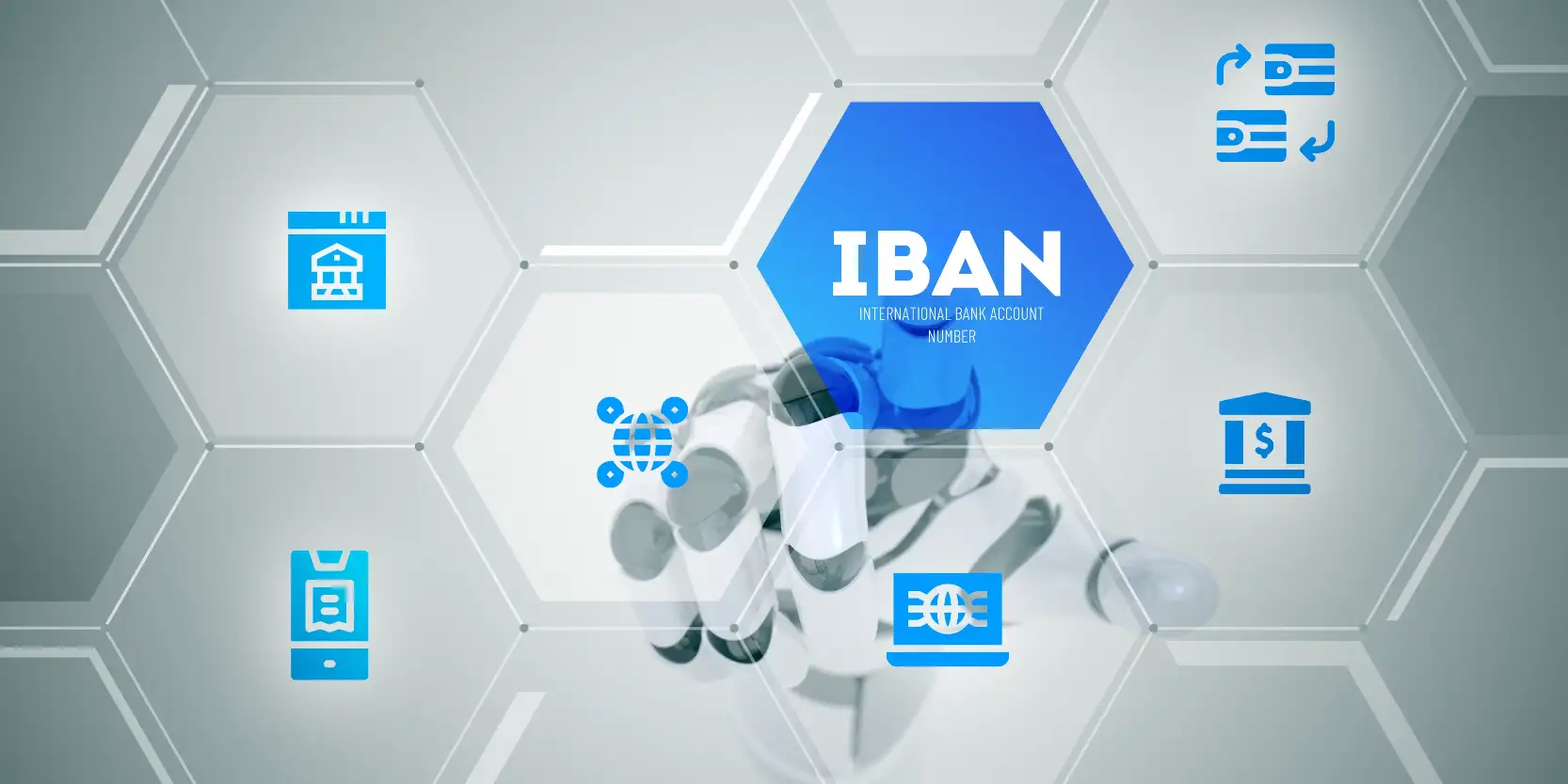As we saw in our last article, the credit manager's job is undergoing profound change, in an environment marked by multiple upheavals and an omnipresent "cash culture" within organizations. With a "multi-risk" logic that must be integrated into the company's various business processes, the credit manager now occupies a strategic, cross-functional role within the company.
What are the consequences of such a development? To what extent are we moving towards the necessary digitalization of the credit manager's profession? But while the use of technology is now essential for effective risk management, the role of the human factor remains fundamental to guaranteeing a reliable and informed credit decision.
Increasing integration of risks into business processes
The past few years have been marked by a number of crises, including Covid, raw material shortages, geopolitical instability and deteriorating economic conditions (rising interest rates, inflation, etc.). These cyclical crises were superimposed on more structural ruptures:
- Technological breakthroughs with the emergence of Artificial Intelligence and Big Data, which are revolutionizing credit management. Credit managers need to take advantage of these innovations, which enable them to rapidly process larger quantities of data, while providing a finer, more effective level of analysis.
- Organizational breakthrough, with a "data-driven" culture that places data at the heart of corporate decision-making processes.
These multiple changes are opportunities for credit managers to transform their profession in depth and extend their mission within organizations. In addition to payment risks, they now have to consider fraud risks, corporate reputation, extra-financial analysis and more. They must now adopt a "multi-risk" approach, integrated into the company's various business processes.
As a result, credit managers now play a more cross-functional role, "creating links" between sales teams, finance and legal departments, and ensuring that the customer risk culture is shared throughout the organization.
To take on these new missions, in a context of deluge of data and time constraints, automation is a necessity.
Accelerated digitalization of the credit manager's profession
Like many other professions, the era of the Excel spreadsheet is gradually being replaced by tools dedicated to the credit manager's activity. These are more efficient, often accessible in SaaS mode or via APIs (Application Programming Interfaces), and are therefore no longer the prerogative of large groups.
Most credit managers' tasks are affected, from debt collection to risk management processes, receivables management and all repetitive, time-consuming and tedious processes. In the medium term, finance departments will continue to invest in dematerialization, the cloud, data visualization, robotization and artificial intelligence, according to a study by consulting firm PWC.[1]. And, faced with a context of uncertainty, French CFOs are favoring the digitalization of the finance function over the next three years.
Thus, 71% of credit managers believe that technological skills (digitization, Big Data, Artificial Intelligence) will develop in their business, far ahead of legal and financial skills.
Automated processes and decision-making
Credit managers are faced with their greatest enemy: time. As their job description expands, they need to take a multi-risk approach, keeping abreast of regulations, guaranteeing data quality, and more generally assuming their cross-functional role within the organization, beyond payment risks. They must consider the risks of fraud and corporate reputation, and rely on the analysis of multiple weak signals which, when contextualized, can provide a response to credit risk. And this must be done for each and every company to be analyzed, or risk fraud, financial loss due to non-payment, or a significant impact on the company's reputation.
Faced with this complexity, it is impossible for them to process the multitude of credit files they receive manually. Only the highest-risk, highest-stake files are processed manually.
This is why decision-making needs to be automated, while remaining traceable in business processes.
The decisive role of data scientists
Faced with this need to automate the assessment process, the role of data scientists is essential. According to APEC, a data scientist "develops machine learning algorithms according to the needs of business teams. Their skills in statistics enable them to build machine learning models, and their knowledge of IT helps them anticipate their production launch. Prior to these two missions, he is also in charge of structuring and analyzing the data he uses."[2]
AI can help manage customer risk by analyzing a company's characteristics, collecting key figures and sector data, or payment behavior. Where data scientists historically fetched digital and structured data, today they are able to fetch data from non-digital streams (PDF documents, images, videos, etc.), before verifying, enriching and contextualizing them to facilitate decision-making.
But "total" automation is not optimal
While technologies undeniably represent a concrete step forward in the detection, analysis and control of customer risks, and will continue to develop at the same pace as Artificial Intelligence, full automation is not a desirable prospect.
Putting blind trust in data, by automating everything that can be automated, has two essential drawbacks: on the one hand, data quality remains a major issue for organizations. Secondly, there are a number of biases in the interpretation of data, which can lead to sub-optimal decision-making.
According to Gartner's 2023 study "Data Quality: The State of the Art", 70% of companies consider data quality to be a major challenge, and that 80% of corporate data could be inaccurate or obsolete.[3] This concern is echoed for organizations using Artificial Intelligence: data quality is, for 42% of data managers implementing or planning to use it, the main barrier to adoption, according to a Wakefield Research/Informatica study[4].
Data non-quality is therefore a widespread phenomenon, even for information whose quality is a priori considered good: it is thus estimated that 10 to 15% of legal data on companies are subject to anomalies or errors.[5]
With an increasingly central role within the company, and new requirements (multi-risk approach, regulatory obligations, abundance of information but also increasing scarcity of financial data), the credit manager has to rely on new technologies in a logic of automation. However, while these technologies help to improve the analysis and control of customer risks, the role of the human element remains essential in order to rely on reliable data, or risk distorting the assessment.


